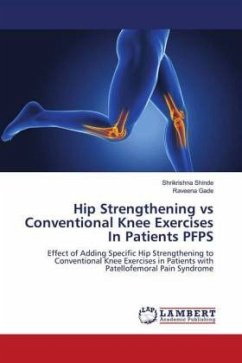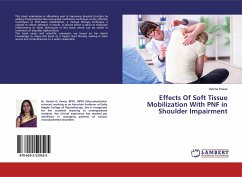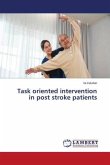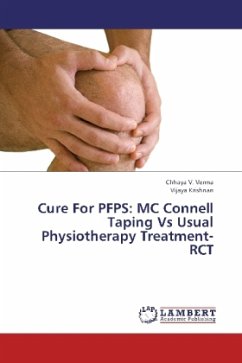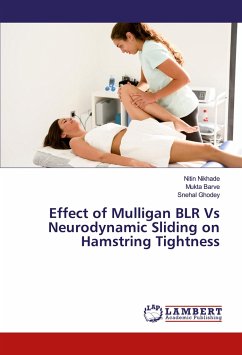Most literature's concerning about motor rehabilitation after stroke focus on the upper and lower extremity. Trunk rehabilitation receives only little attention. The trunk imbalance makes the post stroke patient dependent on the family members for bedside activities such as rolling to sides, reaching etc. These increase the risk for falling, even from bed. Hence to improve the trunk Balance the trunk rehabilitation is the concerned area for this study. In this randomized controlled trial, 64 patients with acute and subacute stroke were divided into 2 groups. Group A received swiss ball training, Group B received pelvic PNF. Both the groups were evaluated pre-treatment and post treatment using TIA & PASS and results carried out. The within group (Intra group) comparisons of the change in the Trunk Impairment Scale score and Postural Assessment Stroke Scale score PRE & POST was assessed by unpaired t test. P 0.05 were considered significant. This study concluded that both Swiss ball training and PNF techniques are equally effective on improving trunk control in acute and sub acute stroke patients.


